
able to capture a male ringed in 2020 at a lek located 12 km away.

The first constant effort site in the Neotropics was created at the Manu Bird Observatory. Bird ringing takes place throughout the year, but every October a ringing camp is organised with some of the greatest ringers from all continents, to bid farewell to the last southern migrants and welcome the first boreal ones. 1,048 species of birds have been recorded at Manu, making it the place with the greatest bird diversity on the planet.


The ornithological expedition at the Manu Bird Observatory followed the route of the sampling stations in the Kosñipata Valley (Cuzco). A project established with the authorization of SERFOR (Government of Peru), with the support of the University of Barcelona as well as various scientific institutions in Europe, America and Peru. The objective is to establish a Constant Effort Site (CES). A much more complex purpose than the CES in Europe or North America due to the arduous displacement, the inaccessibility of the sampling areas and the conditions typical of the cloud and rain forest. The chosen date, October, also prioritizes residents. The southern winterers have already left and only occasionally some species of internal movement in South America were captured (such as Lathrotriccus euleri). On the other hand, the boreal winterers have not yet arrived en masse. Only the punctual Catharus ustulatus and the first Vireo olivaceus, among others. Thus, most of the captured birds were residents. The team of experts sampled in the different areas preselected in previous years. At the same time, they obtained some recaptures (and two external captures) that show the territorial permanence of some species or certain movements through the valley. Among others, the recaptures of the hummingbird Campylopterus largipennis or the swift Streptoprocne zonaris ringed in 2020 or a Rupicola peruvianus and a hummingbird Thalurania furcata ringed in 2021 down the valley, both 12 km away.
The CES was established and in 2025 the second station is expected to be set, once all the parameters have been observed.
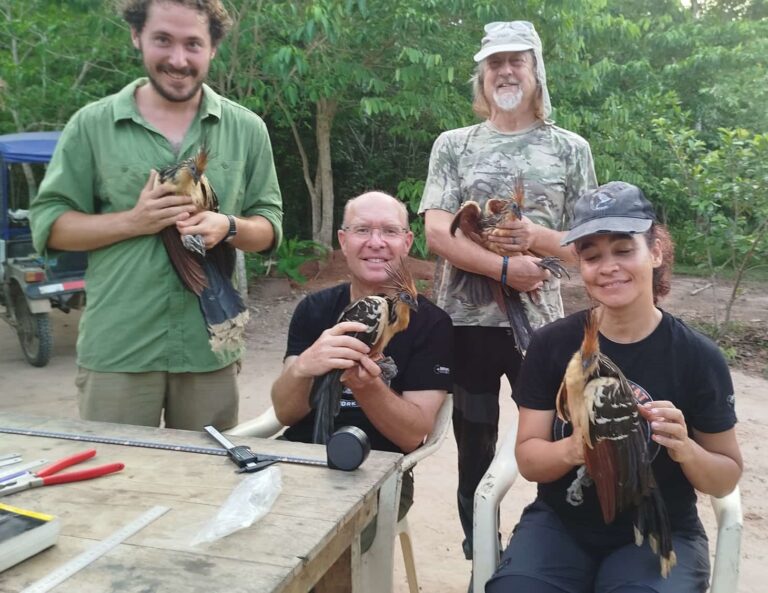
The Hoatzin (Opisthocomus hoazin), the most prehistoric bird on earth, lives in the river and lake areas of Manu and Peru.
We say approximately 1048 species because every year a new species is added for Manu. Even the first ringing and at the same time record for Peru, like this Spot-fronted Swift (Cypseloides cherriei) ringed on November 3, 2021 thanks to the efforts of Irene Garcia and Javier Sierro at the Manu Bird Observatory.
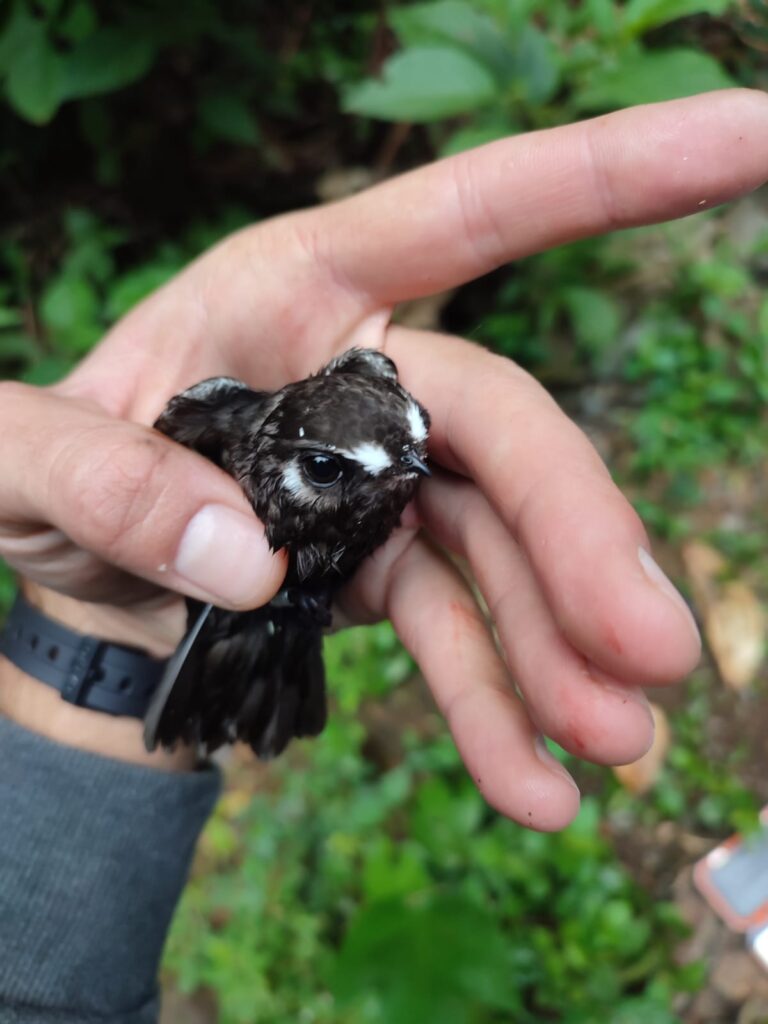
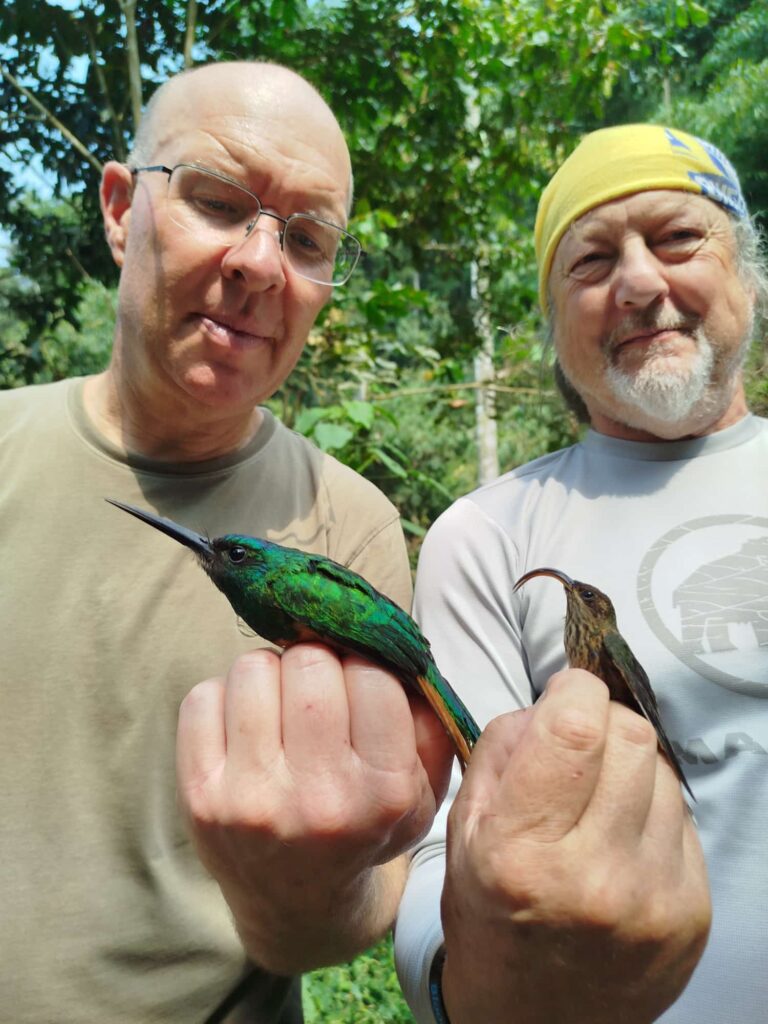

Director of the Manu Bird Observatory. Expert ringer and BTS teacher trainer


Expert Bird Ringer. Bird Ringing Trainer and BTS expert

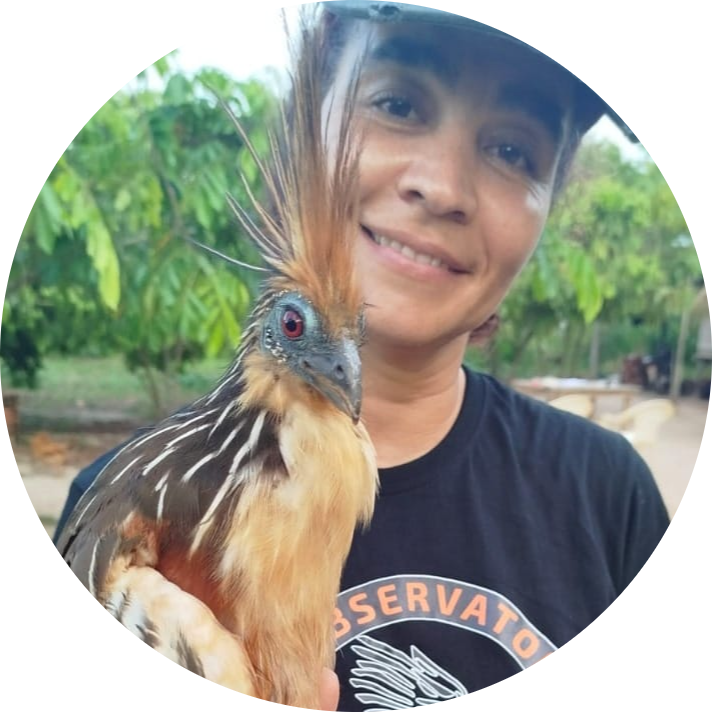
Director of the Chocó Bird Observatory. Expert bird ringer and BTS instructor

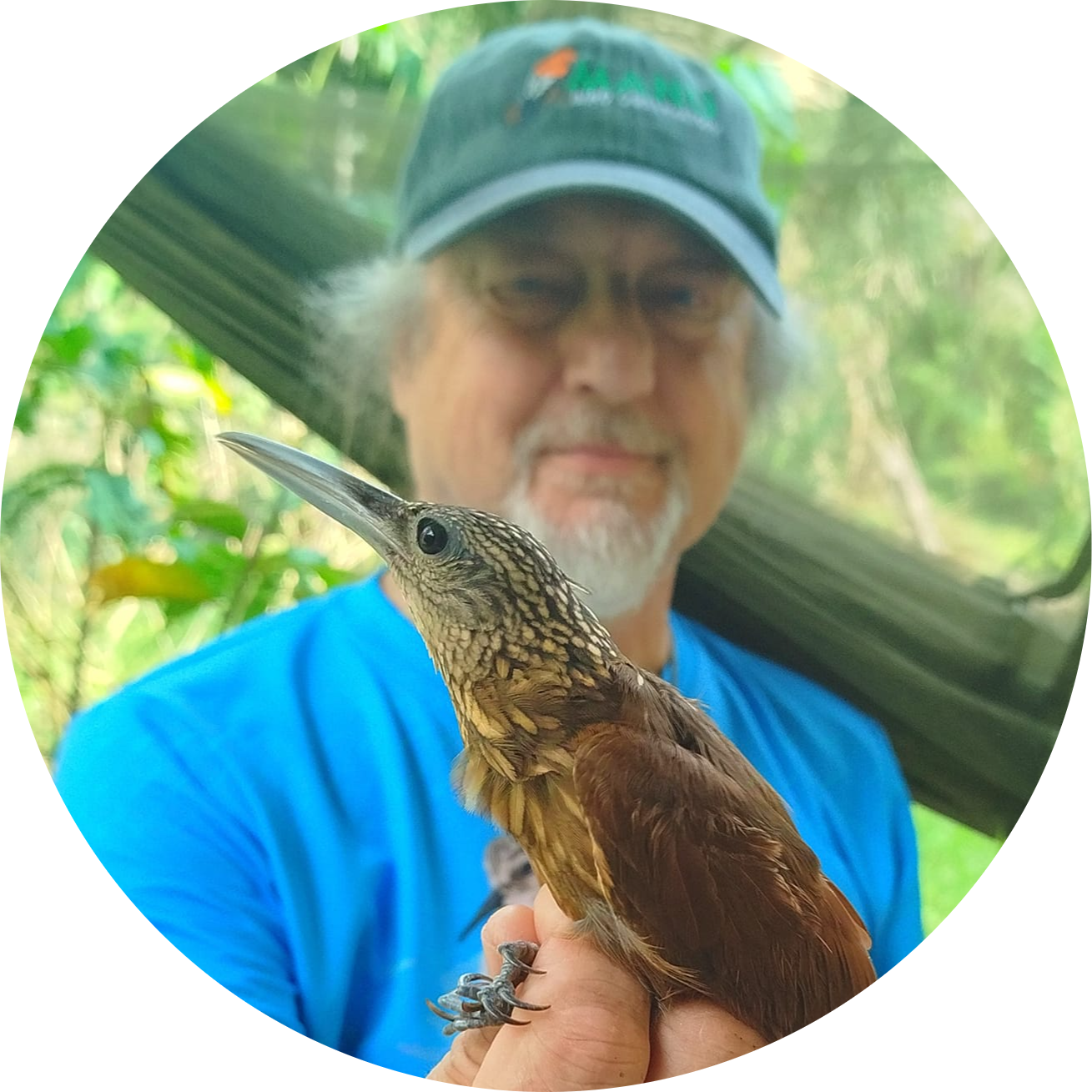
expert bird ringer and BTS expert

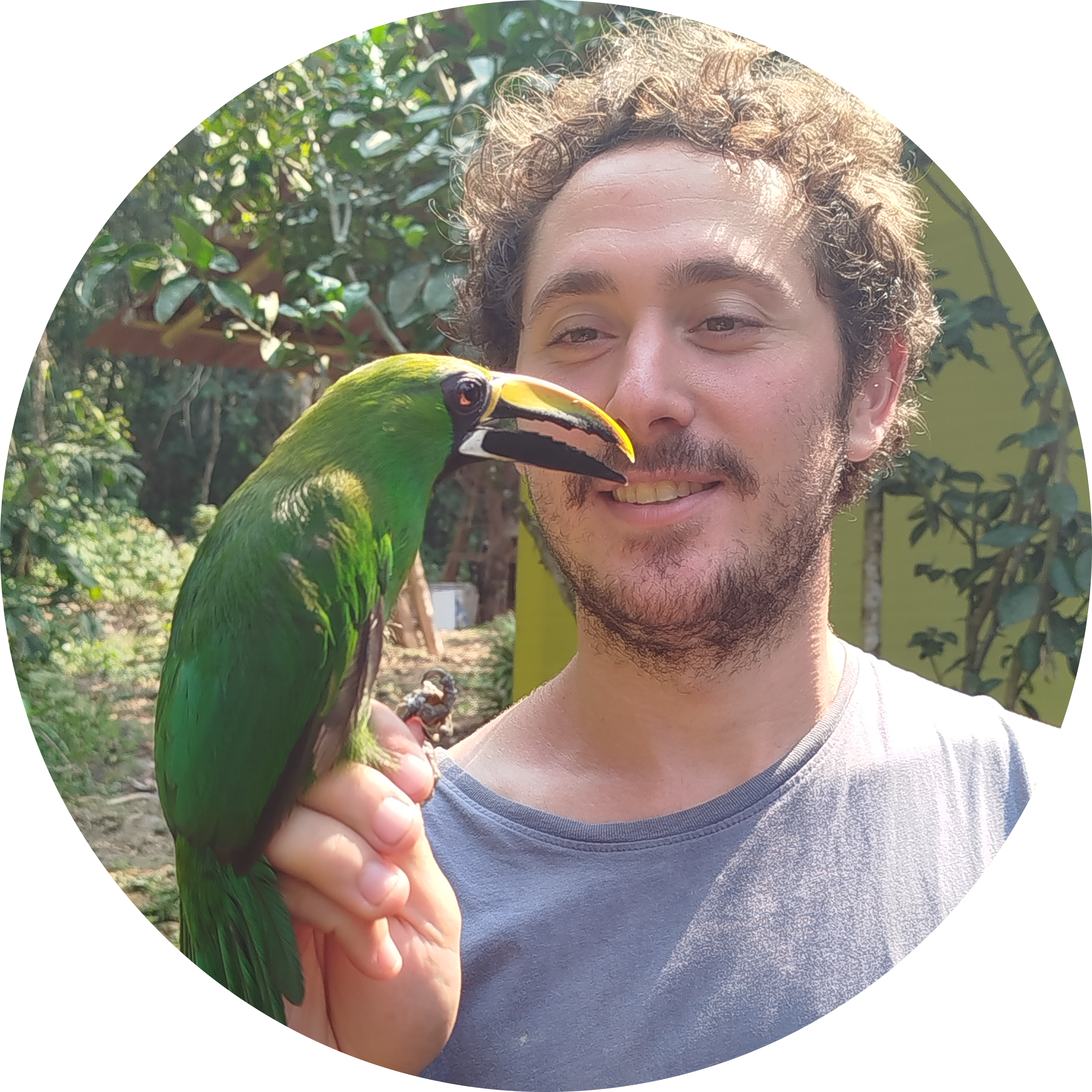
From Israel.. Expert Bird Ringer and BTs

And the assistants:

From Chile. BTS Bird ringer in training
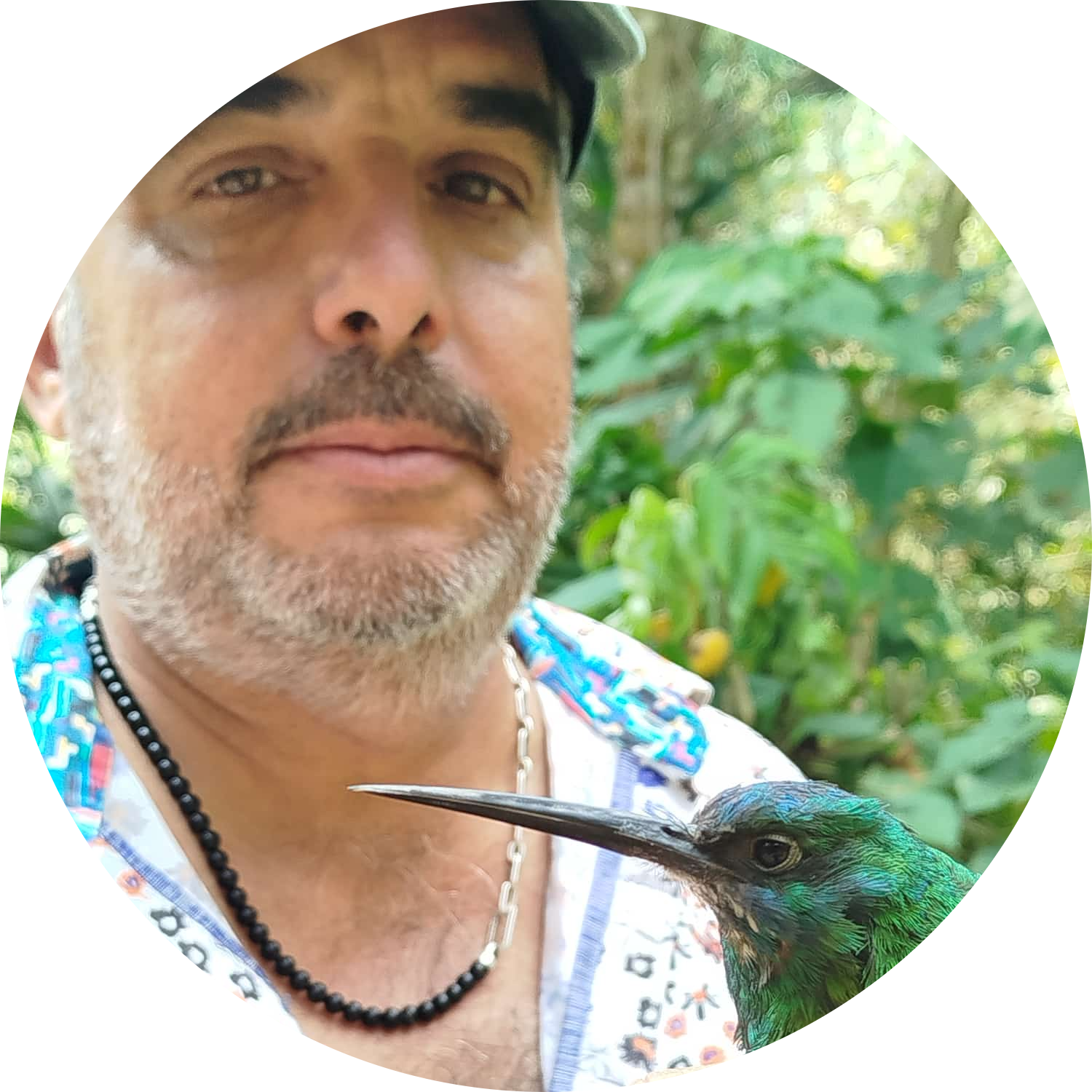
From Mexico. BTS Bird Ringer in Training

(and your uncle)
Pucallpa - Peru

Cusco - Peru
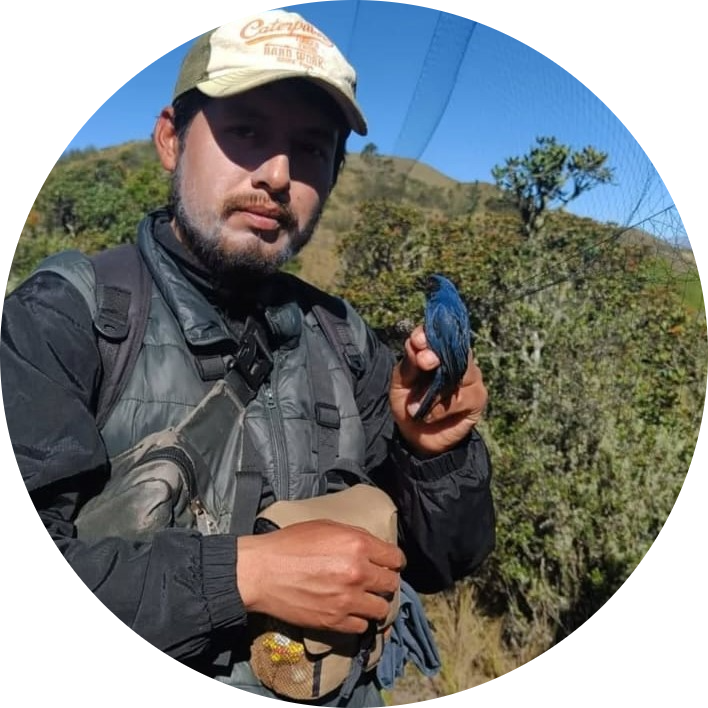
Biologist - Bird Ringer Cusco - Peru
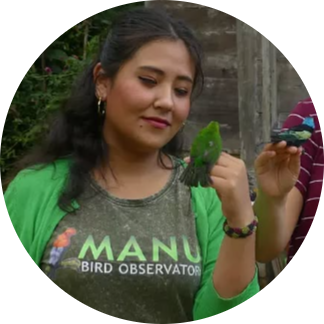
Biologist - Bird Ringer Cusco - Peru

And thanks to the young biologists from AICA who accompanied us
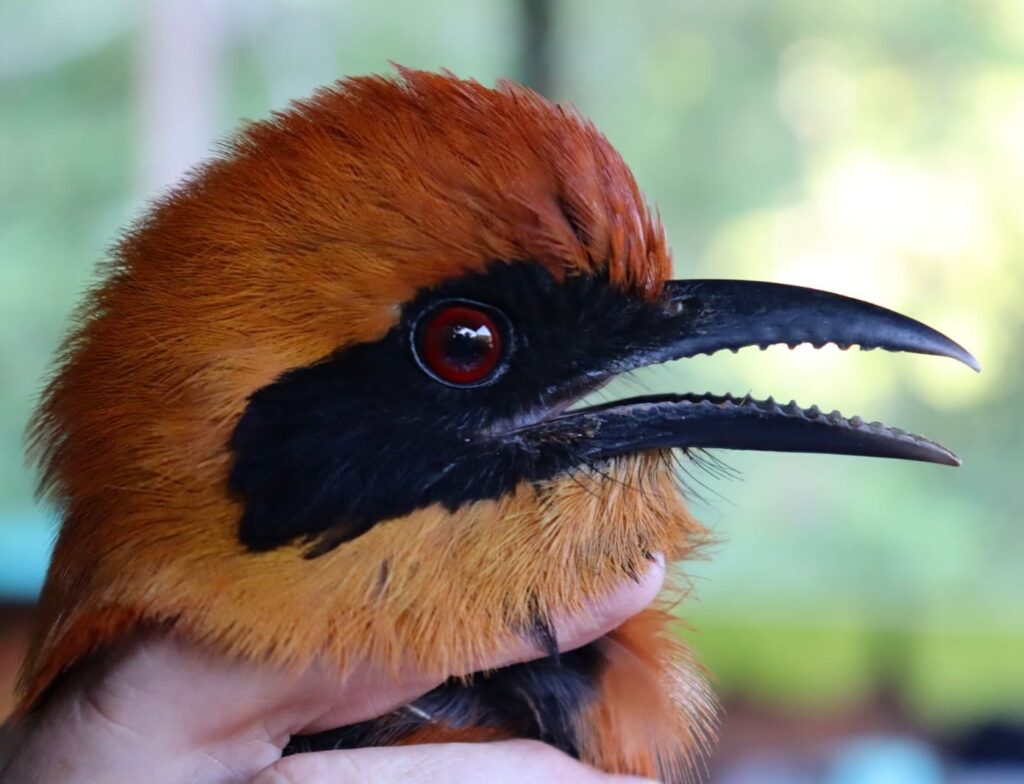
Baryphthengus martii. Faithful to its territory since 2019.
Streptoprocne zonaris, ringed in October 2020 and recovered, at the same waterfall, in October 2024.
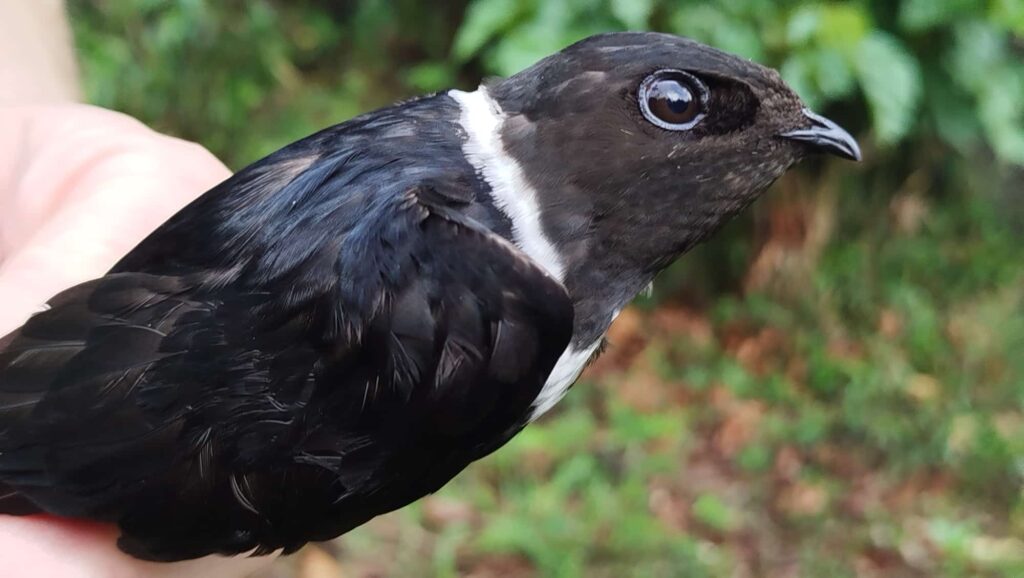
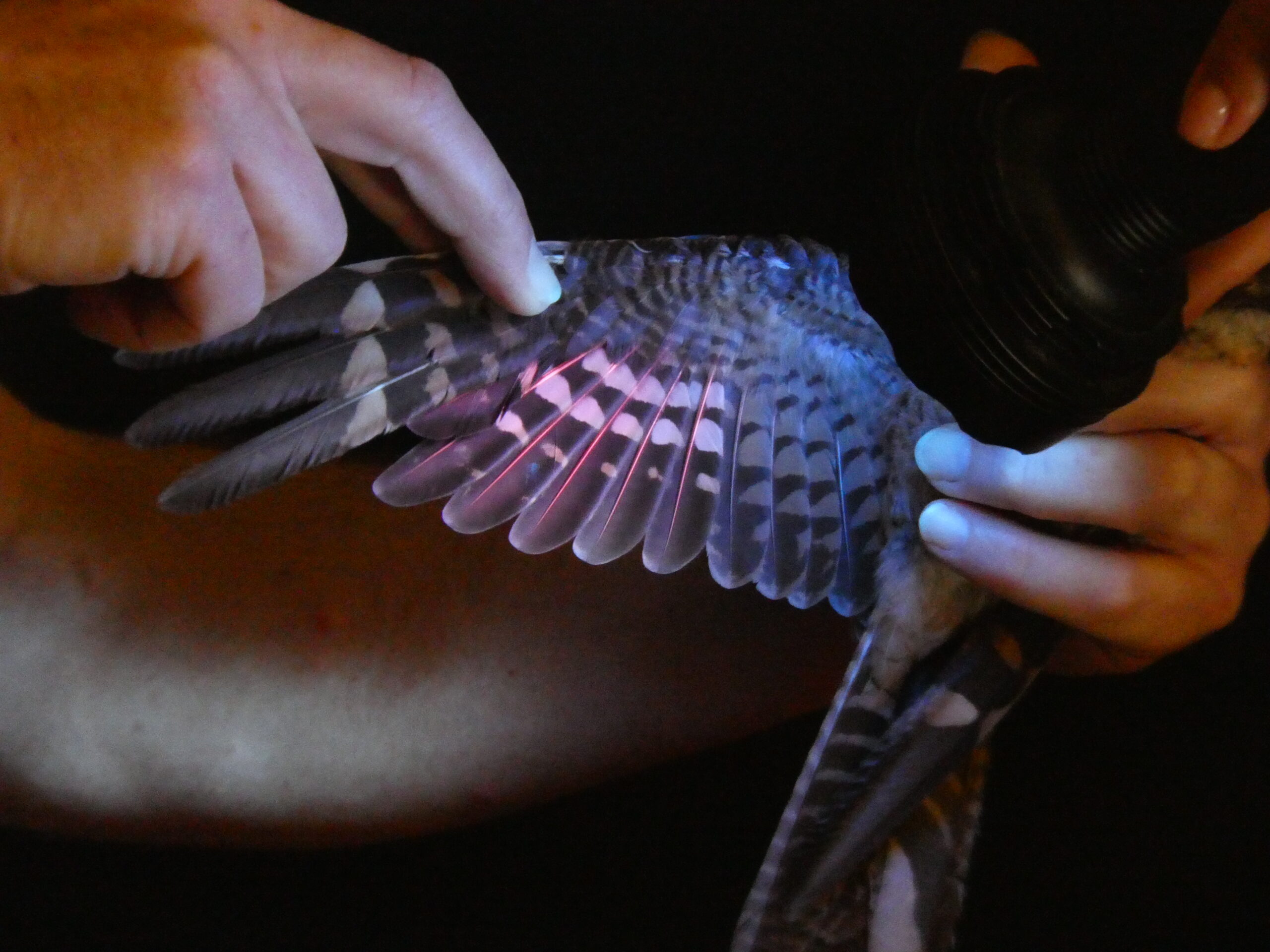
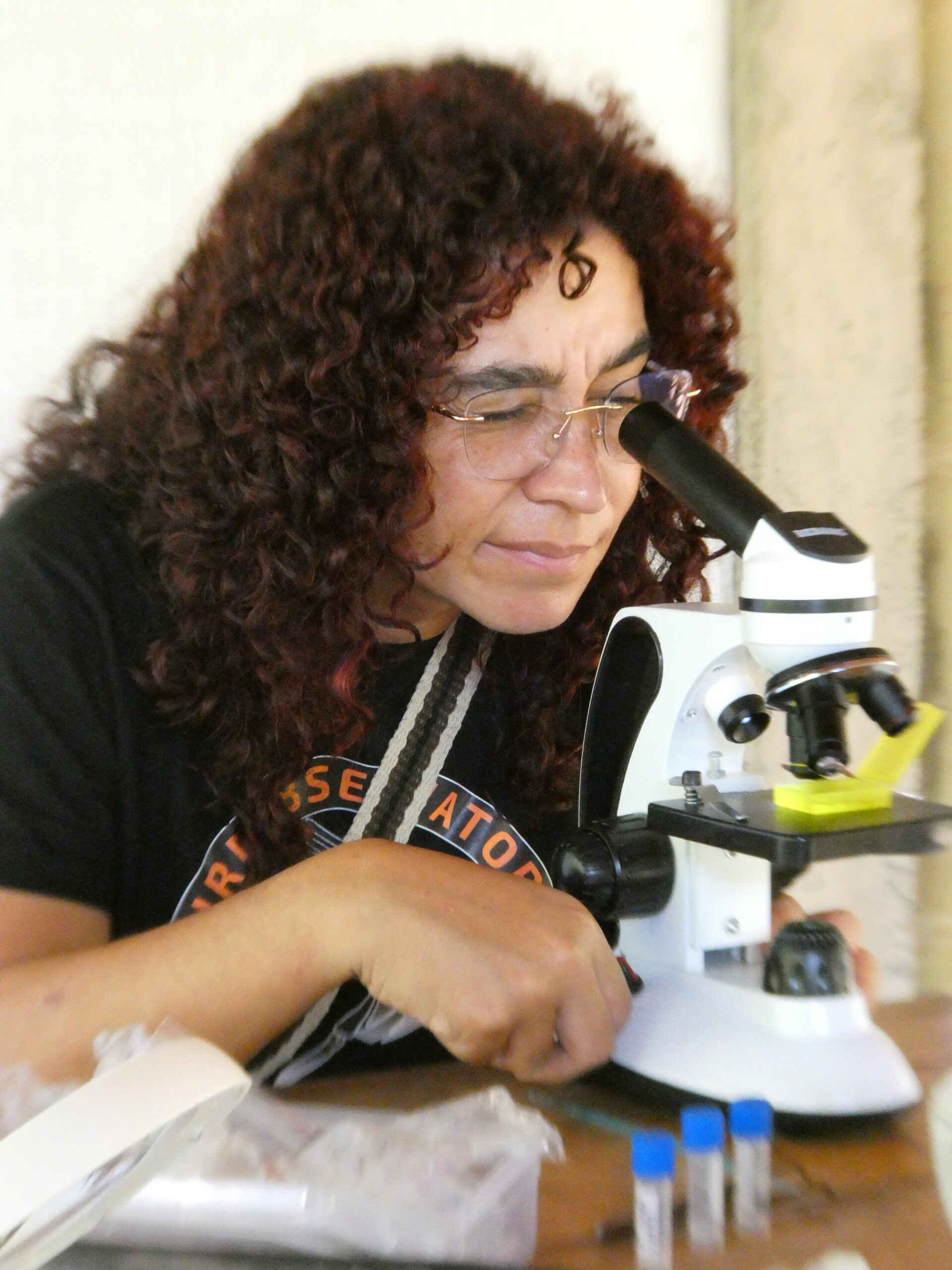
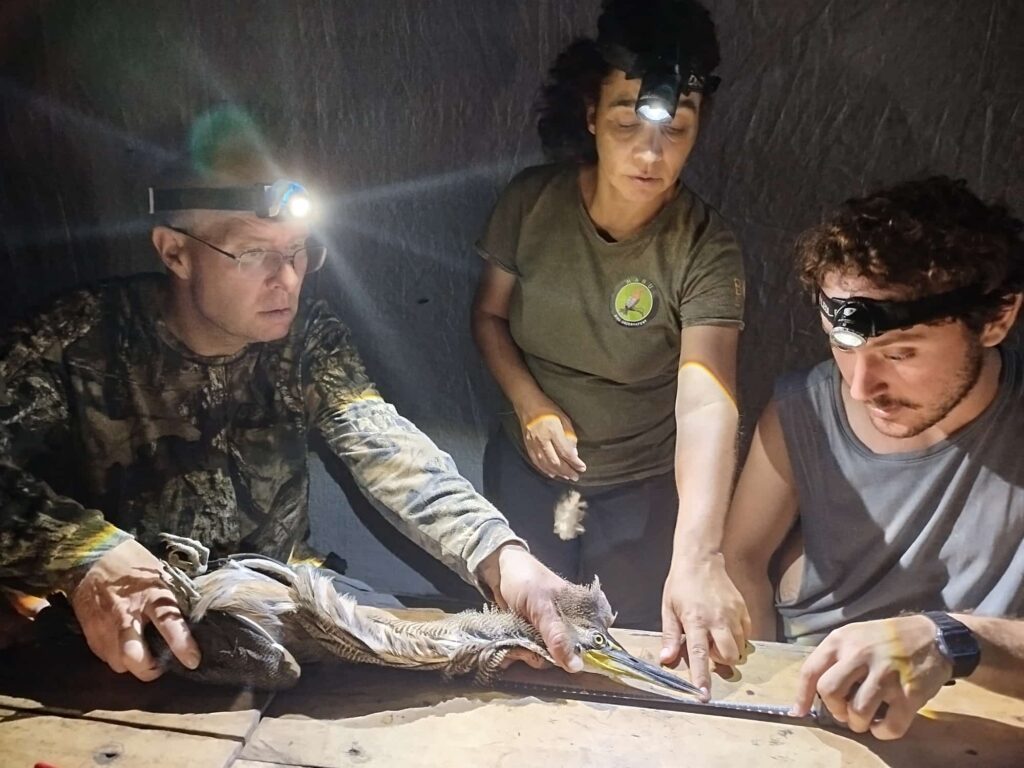
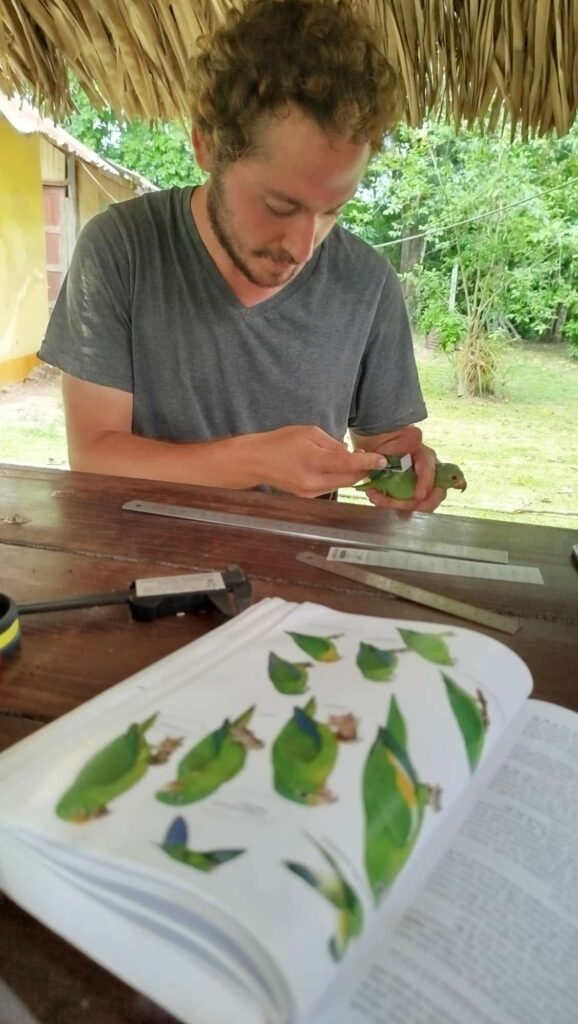
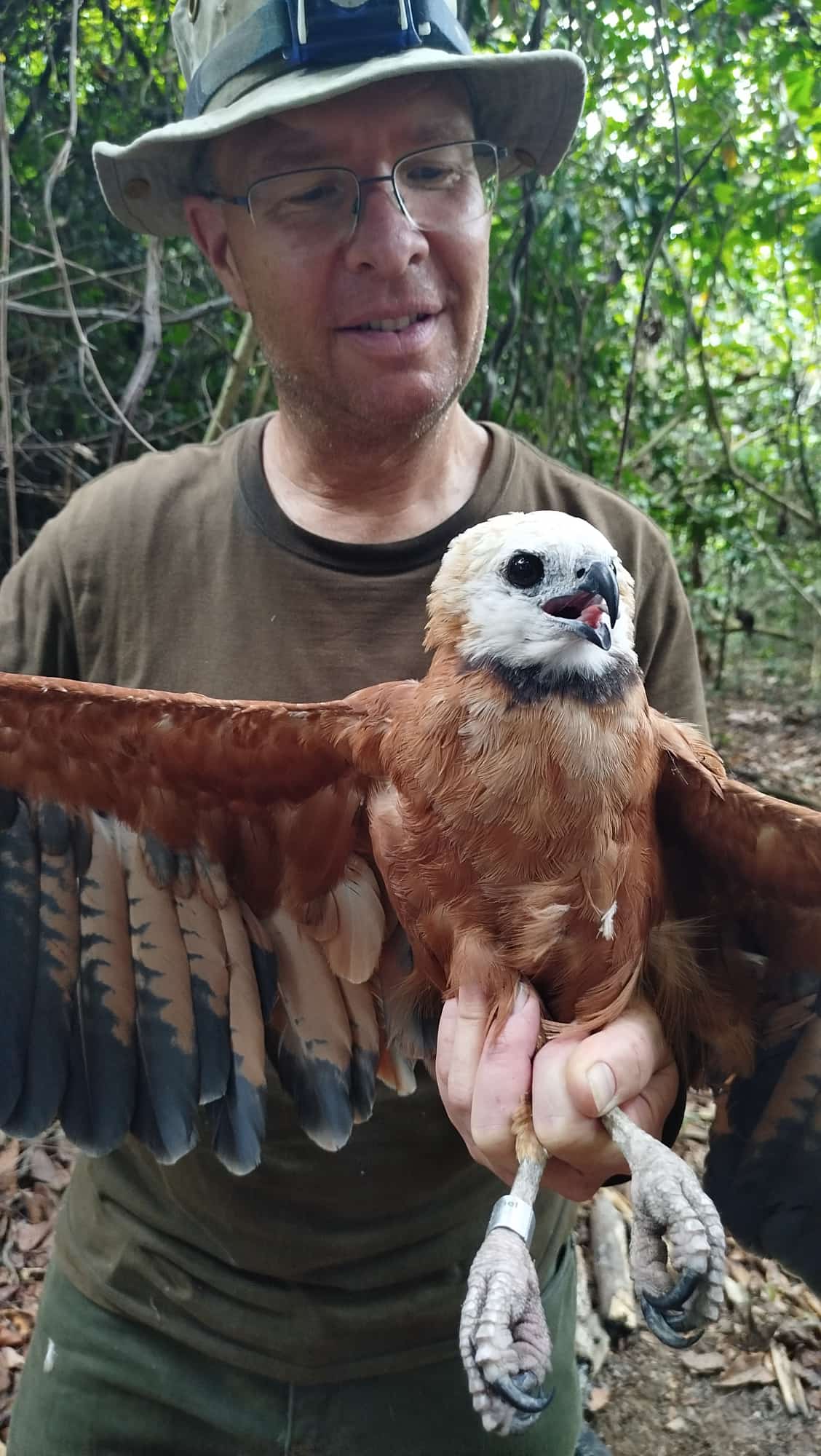
You are always welcome at the Manu Bird Observatory. As a researcher we will give you all the support. As well as a university student who wants to carry out his final project or thesis here. Of course this is your place as an expert bird ringer or as an assistant. Even as a volunteer, we need you!
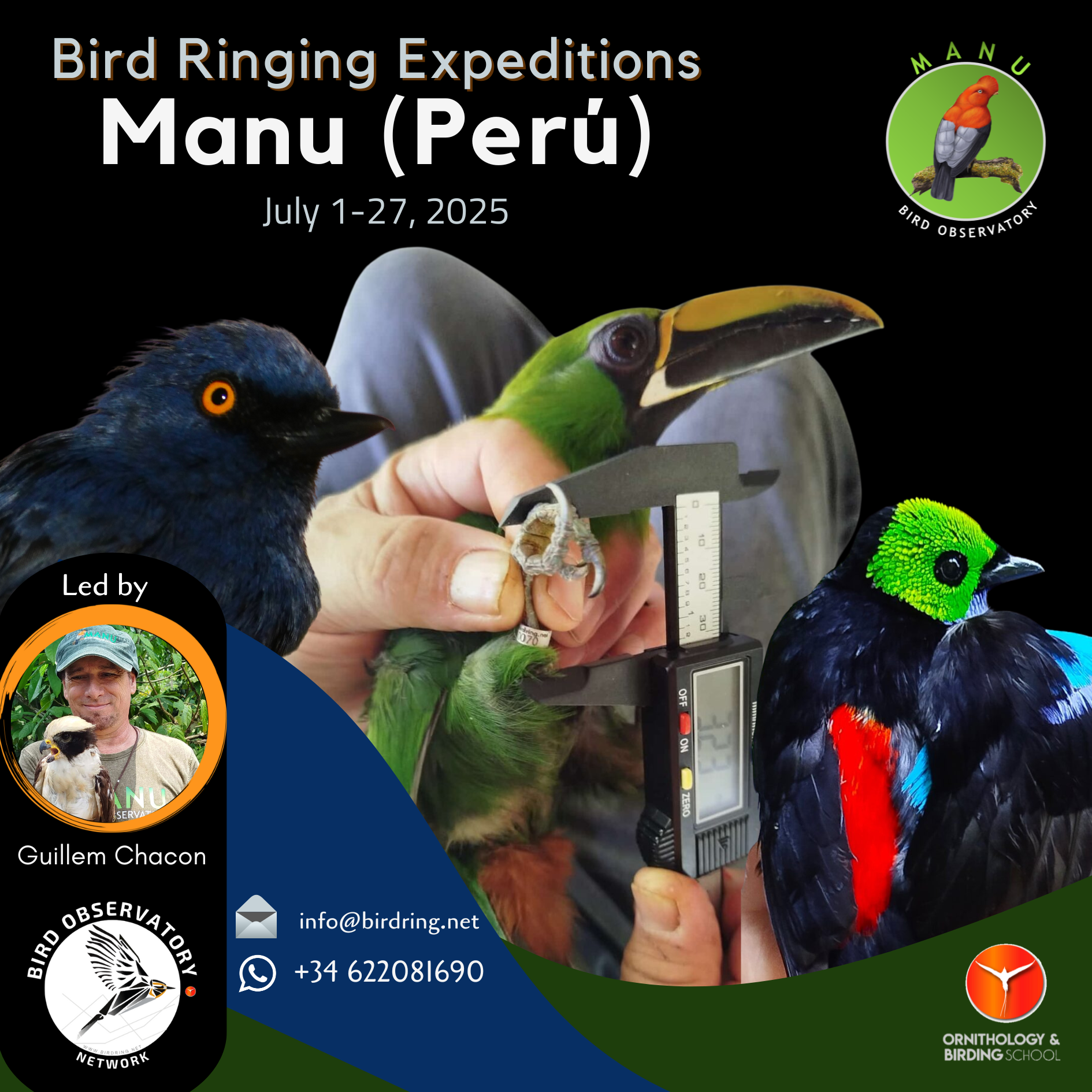
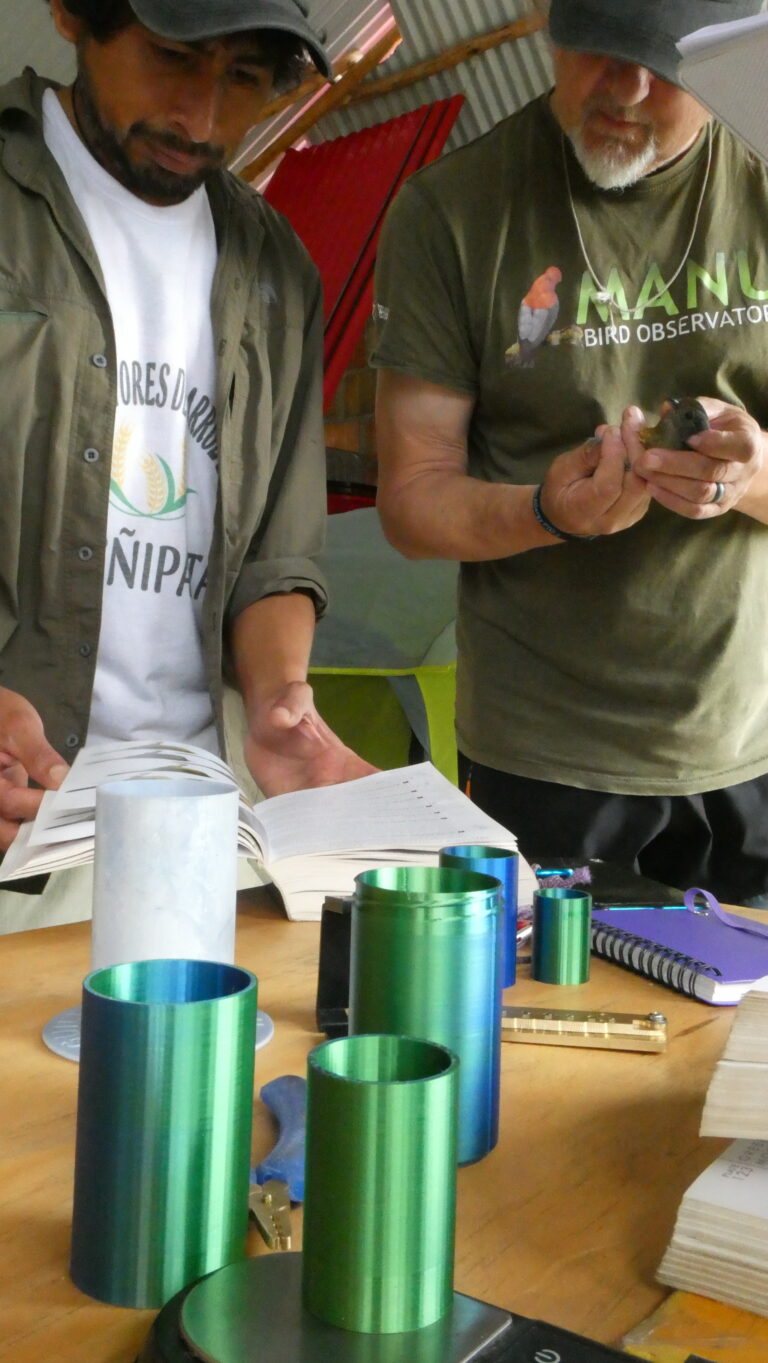
So many new species constantly challenge our identification skills. And sometimes we all have to concentrate to know “what we have in our hands.”
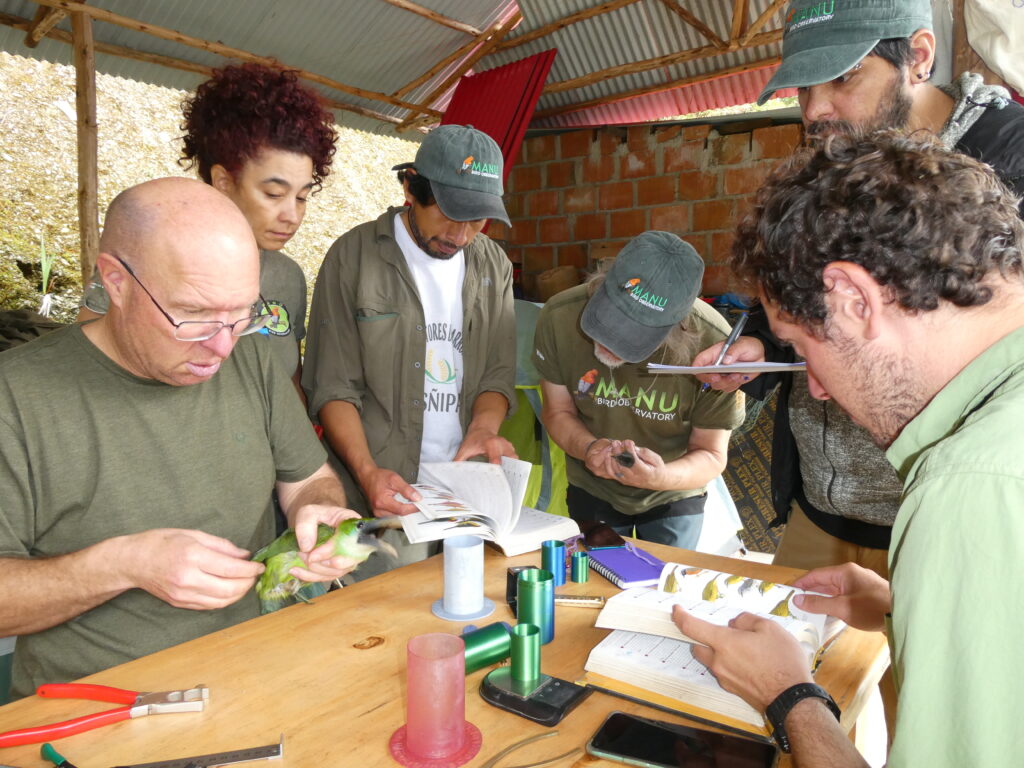

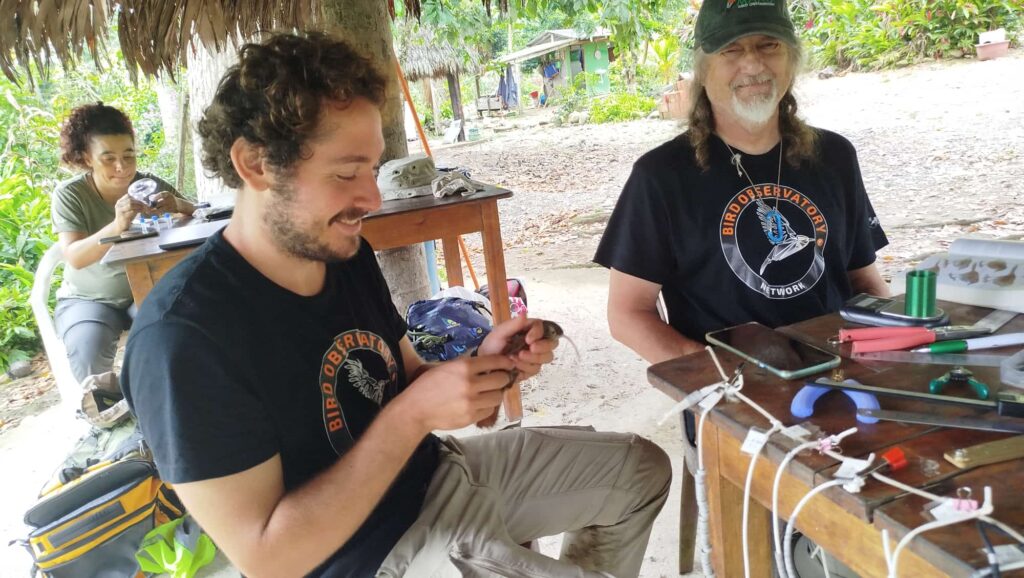
The pace is exhausting, but the diversity of birds is so high that we spend most of the day with a smile, surprise after surprise.
We are talking about 13 new species every day for three weeks.
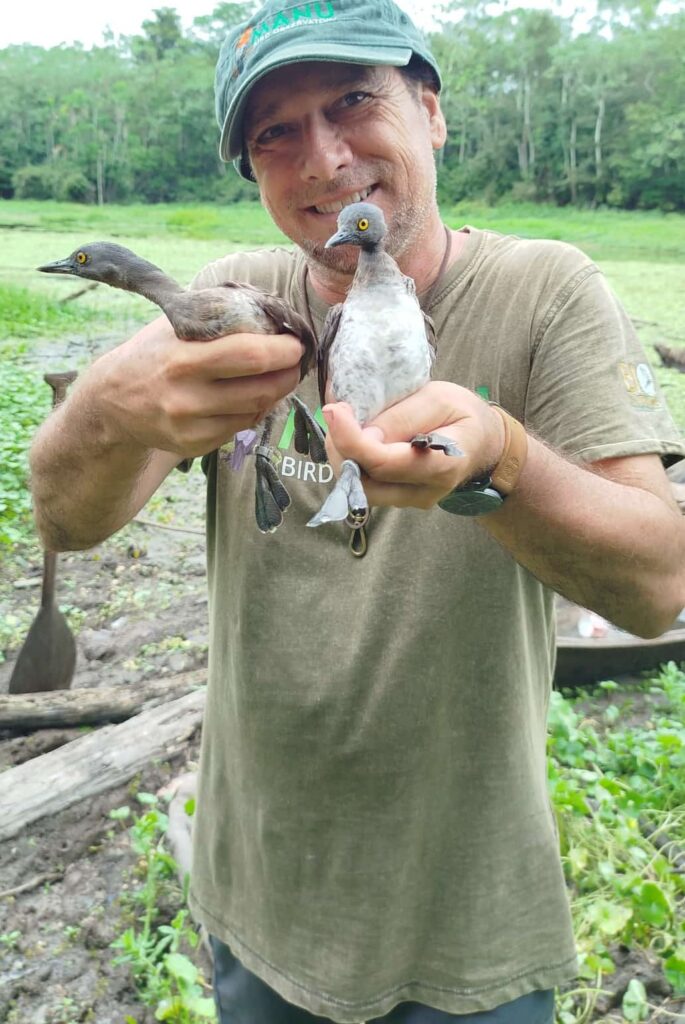
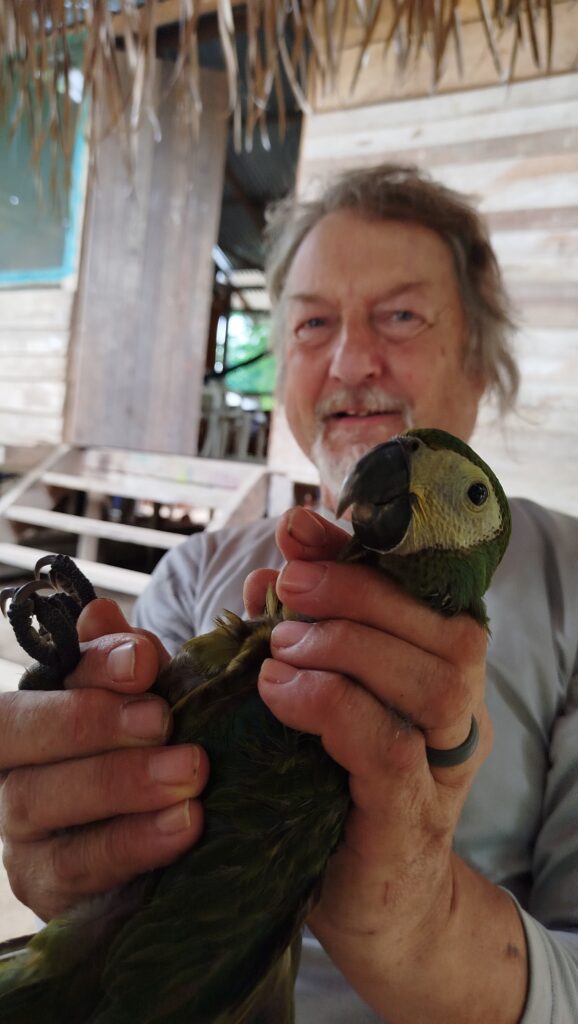
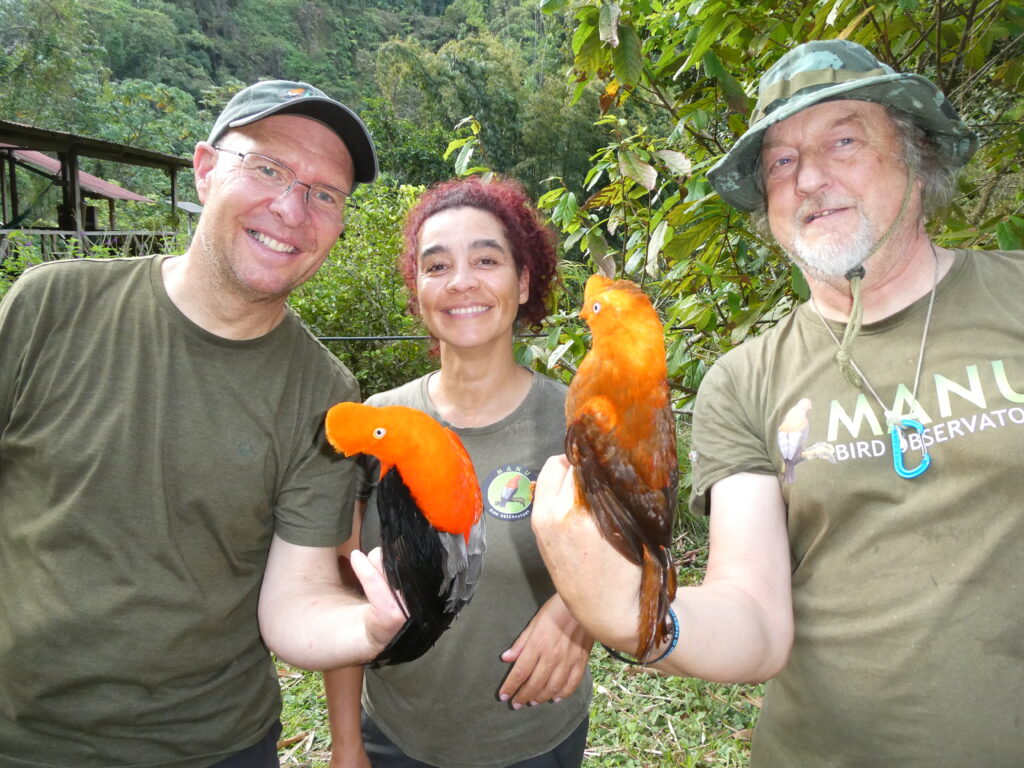
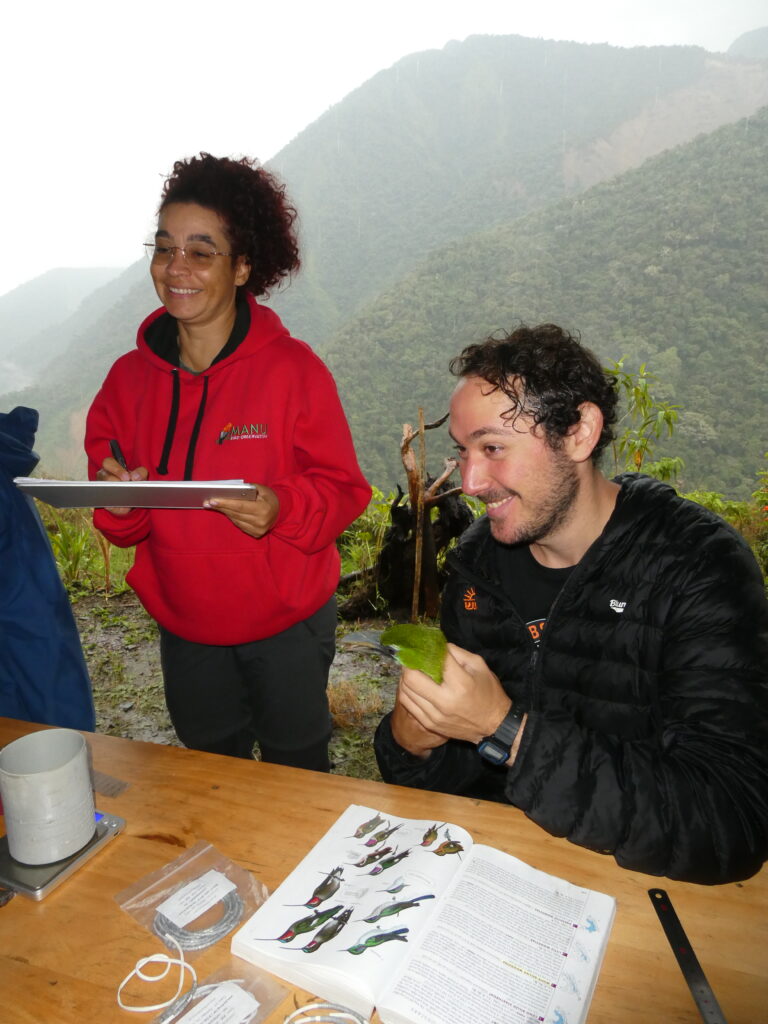
© 2025 Bird Observatory Network - Ornithology & Birding School